The community of Italians from the far eastern village of Greci, Tulcea county, marked at the end of last week Sfanta Lucia, the main religious holiday of the calendar year, whose day is remembered on Wednesday in Catholic churches.
The celebration of the patron saint of the church in Greci on the Saturday before the celebration has been taking place for several years, under the conditions in which many people who grew up in the village of Tulcea now live in other localities, and traveling during the week would be more difficult for them.
"If the feast falls during the week, it is celebrated on the previous Saturday. Once the solemnity done, everyone comes and in the afternoon is the feast that lasts until late at night and all those who left come, and the church gets filled," the president of the territorial branch of the Community of Italians in Romania, Salvatore Vals, told AGERPRES.
And even if for several years, the celebration of St Lucia is advanced, the indispensable dish on the celebration tables is pastasuta (or pastasciutta, the gastronomic emblem of Italians of Dobrogea).
"The sauce is made of pork, beef to which rooster meat is also added, so that it is very tasty. The pasta is made from flour, water and eggs about a week before, because it has to be stirred. They are boiled together with the sauce and they turn out very tasty. This is the traditional Greek food for St. Lucia," Salvatore Vals explained.
One of the participants in the celebration marked at the end of last week in the village of Greci, Otilia Battaiola Meragiu, said that the religious service held in the church was followed by the meeting of the community members during which the members of the Allegria ensemble offered a performance.
"Besides pasta, we also prepare a specific Romanian food, sarmale /cabbage rolls, something that didn't happen before. Before, we ate frogs or steak, which was brought back then. It was easy to catch frogs in the winter, when they hibernate, and near the village there are two watercourses. Yet, this culinary delight has disappeared," Otilia Battaiola Meragiu said.
She added that on Wednesday, after the religious service, the faithful will stay talking in the courtyard of the St Lucia church and spend time again with those who are close to them.
* * *
Italians came to Dobrogea after 1878, when King Carol I decided to modernize the Romanian infrastructure, many settling in Cataloi, Iacobdeal, Turcoaia, Macin, Tulcea and Sulina.
Sfanta Lucia church was erected in the early 1900s by the Italian stone carvers who worked in the Iacobdeal mine.
"Being Catholic, it happened that they baptized the children in the Orthodox church, but after that they saw fit to try through the consulate, through the embassy, to get funds to be able to build a church. They chose the patron saint of the church to be St. Lucia, because in the Roman Catholic religion she is the saint who protects the eyes, and the Italians who worked in the granite quarries were permanently exposed to the stone chips and the dust that came out of the pieces of granite they carved every day," Otilia Batttaiola Meragiu recalled.
After 1941, many Italians returned to their native country, in the town of Greci in Tulcea county remaining approximately 100 families who, after 1990, regained their citizenship.

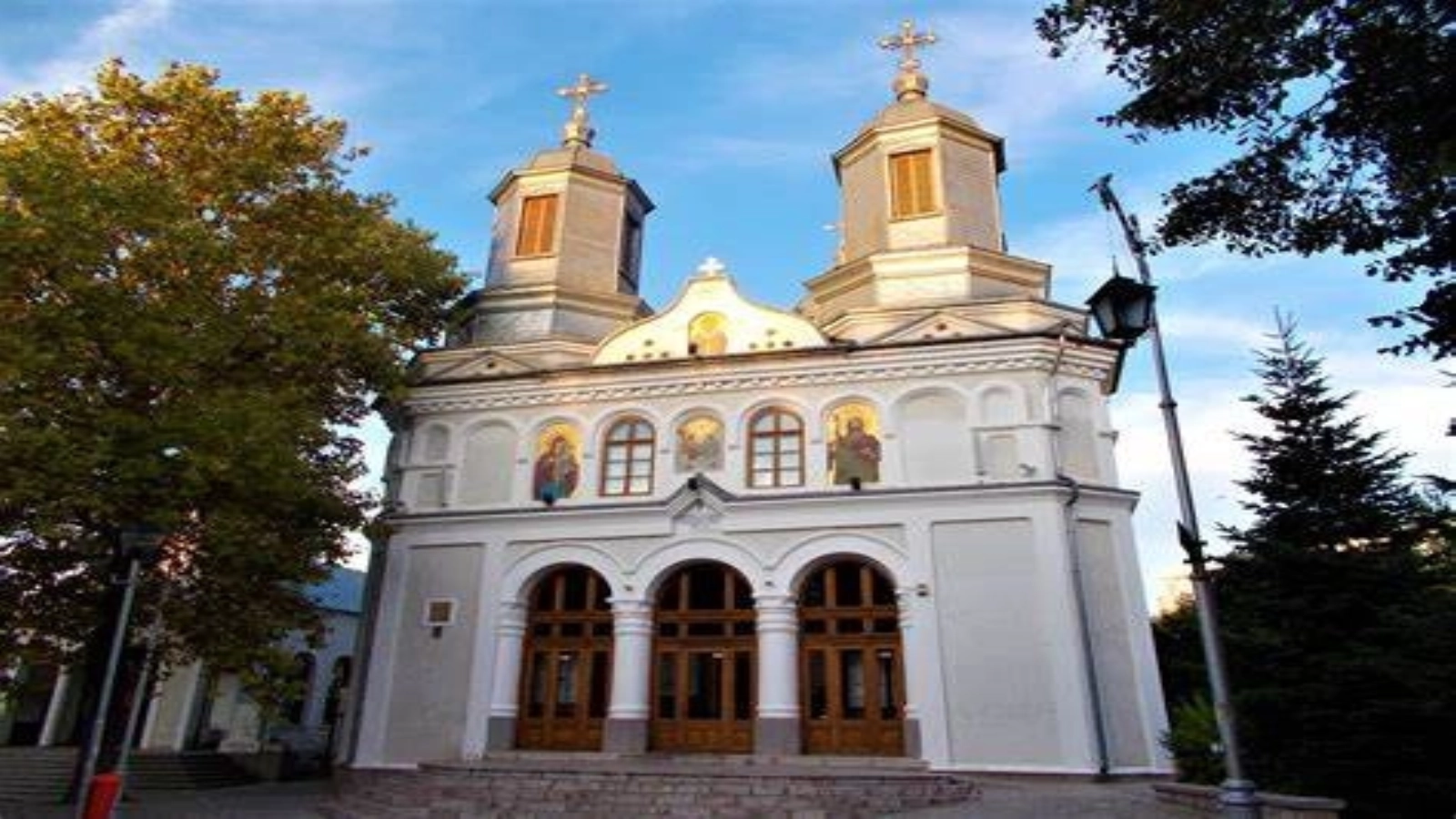






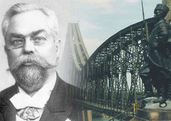
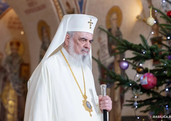

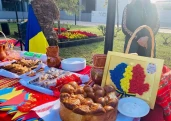
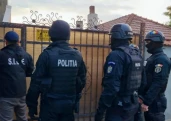

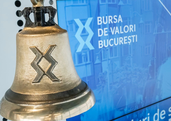

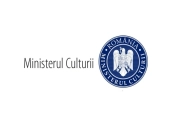
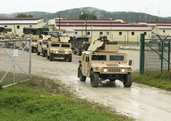


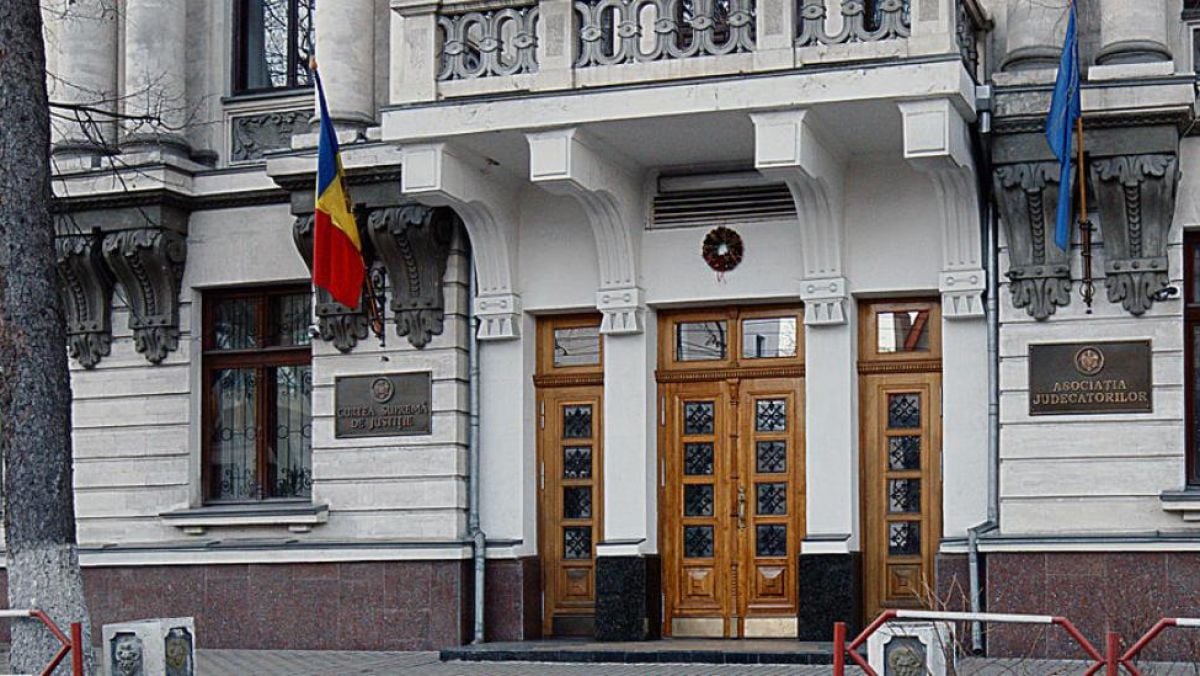


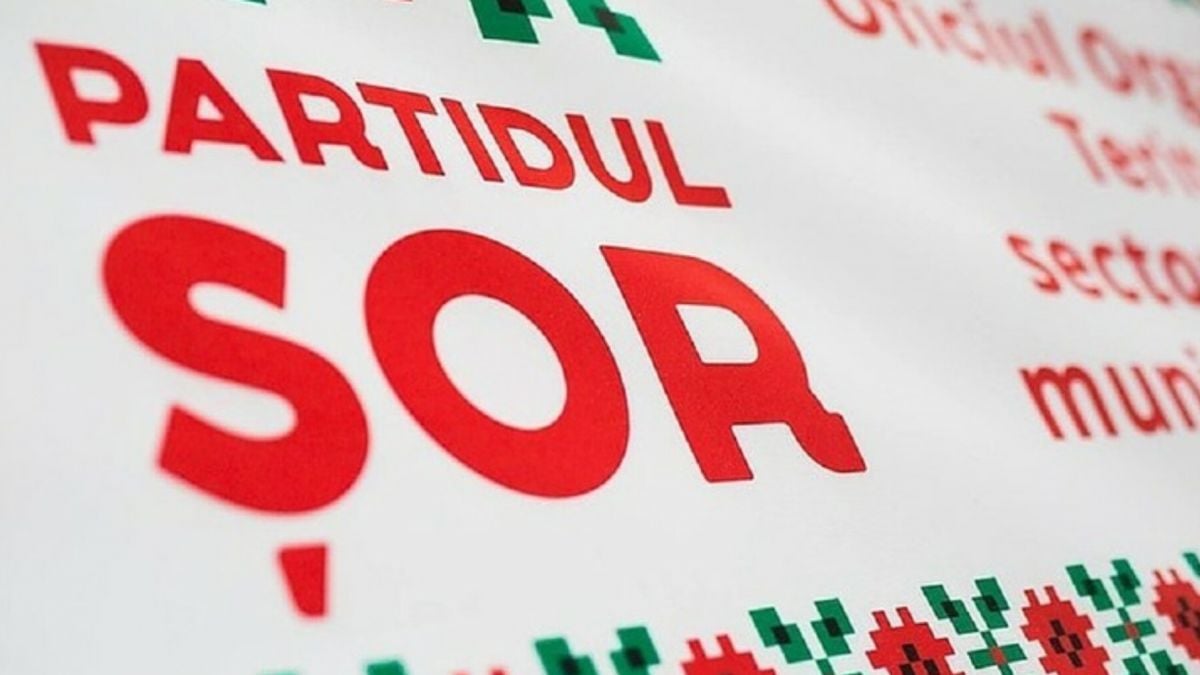

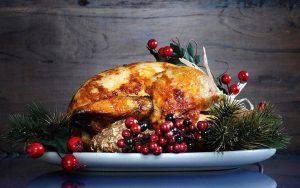






Comentează